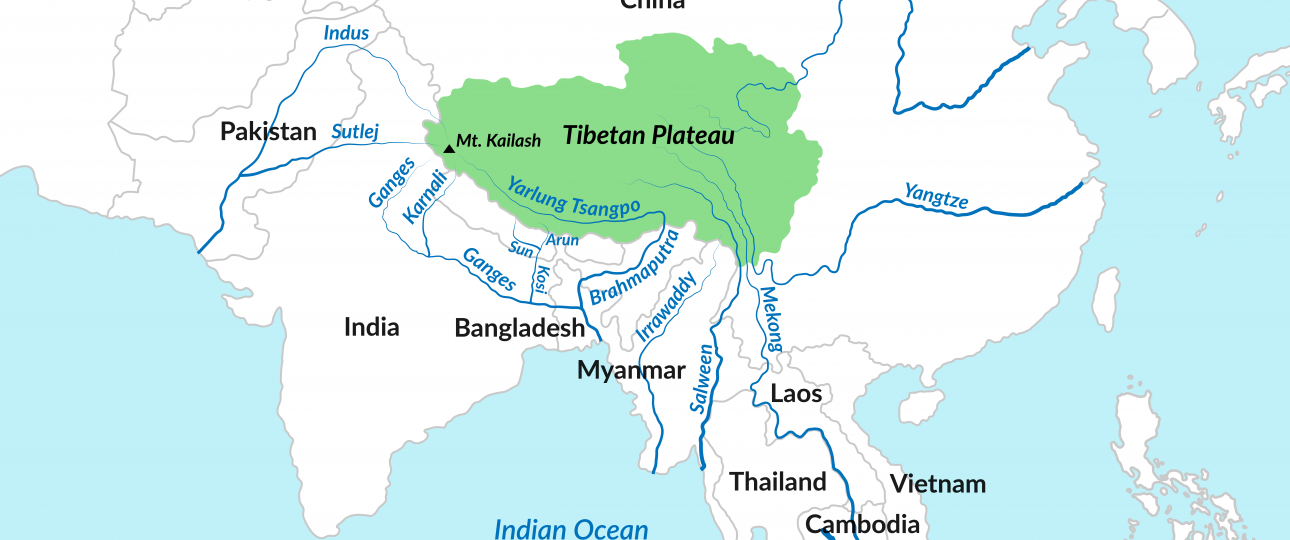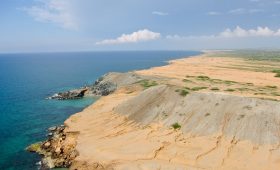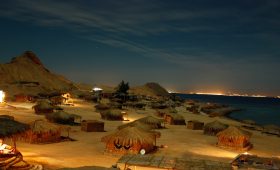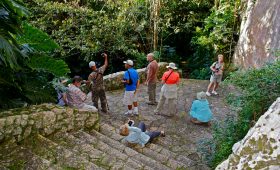Introduction
Welcome to an insightful travel guide to the Tibetan Plateau, a region of unparalleled natural beauty and cultural richness in China. Known for its vast landscapes and spiritual heritage, the Tibetan Plateau offers a unique travel experience. This guide will provide you with essential information to explore the breathtaking scenery and vibrant culture of this extraordinary area.
Getting to the Tibetan Plateau
Reaching the Tibetan Plateau is an adventure in itself. The most common way to arrive is by air, with several major Chinese cities offering direct flights to Lhasa, the capital of Tibet. For those who prefer a more scenic route, the train journey from cities like Beijing or Chengdu is an excellent choice. This journey offers a gradual transition from urban environments to the serene beauty of the plateau.
Best Time to Visit
The ideal time to visit the Tibetan Plateau is between May and September. During these months, the weather is milder, with clearer skies and warmer temperatures, making it perfect for outdoor exploration. However, be prepared for extreme weather conditions outside this period, as winter temperatures can drop significantly, especially in the higher altitudes.
Exploring the Tibetan Plateau
Upon arriving in Lhasa, your exploration of the Tibetan Plateau begins. This region is home to numerous attractions that showcase its natural beauty and cultural significance.
1. Potala Palace
The Potala Palace in Lhasa is a UNESCO World Heritage site and a symbol of Tibetan Buddhism. This architectural marvel, perched on a hilltop, offers stunning views and intricate designs. Be prepared for a climb to the top, but the effort is rewarded with breathtaking vistas and a deep sense of history.
2. Namtso Lake
Namtso Lake, often referred to as “Heavenly Lake,” is one of Tibet’s most beautiful and sacred lakes. Surrounded by snow-capped mountains, the lake’s crystal-clear waters create a stunning reflection of the surrounding landscape. Camping by the lake and witnessing the sunrise or sunset is a memorable experience.
3. Mount Everest Base Camp
For adventure enthusiasts, a visit to the Mount Everest Base Camp is a challenging yet rewarding experience. Situated at an altitude of over 5,000 meters, it offers the closest view of the world’s highest peak without climbing it. The trek is demanding but provides awe-inspiring views of the Himalayas.
Getting Around the Tibetan Plateau
After exploring Lhasa, you may wish to venture further into the Tibetan Plateau. Several transportation options are available to navigate this vast region.
1. Local Buses
Local buses are an affordable way to travel between towns and cities on the plateau. While they offer a budget-friendly option, be prepared for long journeys and limited comfort due to rough roads and crowded conditions.
2. Shared Taxis
Shared taxis provide a more comfortable and convenient alternative to buses. Operating on set routes, they offer an opportunity to meet fellow travelers and share experiences while exploring the plateau.
3. Guided Tours
For a hassle-free experience, consider joining a guided tour. These tours offer transportation, accommodation, and knowledgeable guides who provide insights into the region’s culture and history, enhancing your travel experience.
Summary of Facts
- The Tibetan Plateau is located in China, surrounded by significant mountain ranges.
- The best time to visit is from May to September, when the weather is milder.
- Main attractions include the Potala Palace, Namtso Lake, and Mount Everest Base Camp.
- Transportation options include local buses, shared taxis, and guided tours.
As you embark on your journey to the Tibetan Plateau, prepare for an unforgettable experience. The unique landscapes, rich culture, and warm hospitality of the Tibetan people will leave a lasting impression. Pack your bags and get ready to explore the wonders of the Tibetan Plateau.




